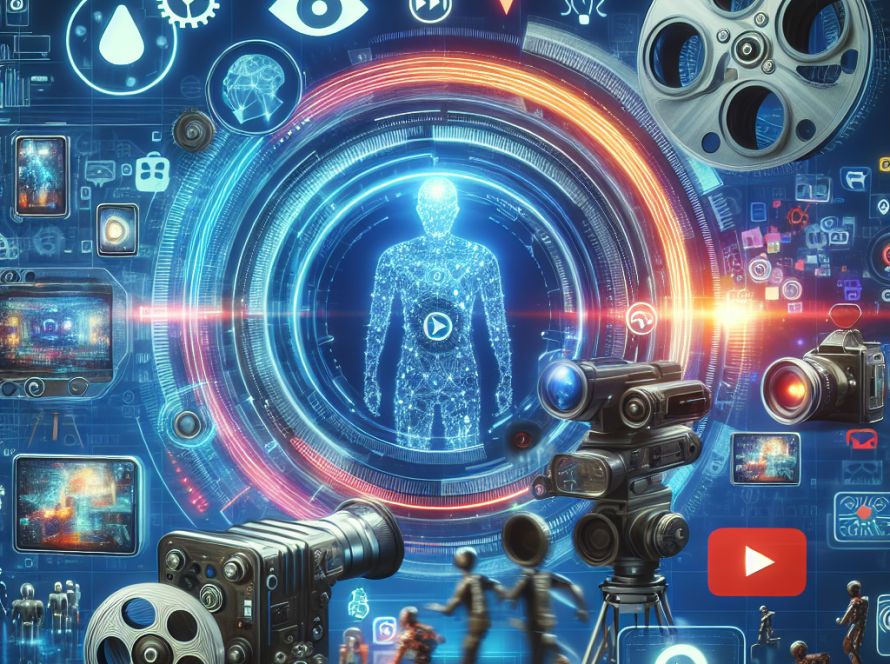Auto-GPT is a new form of Artificial Intelligence (AI) that operates more independently than its predecessors. Unlike previous AI models, such as ChatGPT, Auto-GPT only needs a problem to solve and operates autonomously from there. The program even develops new tasks to complete a larger goal and uses the internet independently to seek relevant information.
Using GPT-4 or GPT-3.5, Auto-GPT is largely self-sufficient, even to the point of generating content and seeking out its audience base. Some users have incorporated this technology to set up Twitter bots reading tweets, which the AI creates whilst researching relevant topics. An integral aspect of Auto-GPT is its ability to improve itself over time, including writing its own code.
Installing the AI involves Python 3, the Auto-GPT repository, and the OpenAI API page. Once completed the Auto-GPT can be activated via a personal key generated through OpenAI. Similar to other AI programs, Auto-GPT is subject to usage restrictions set by its parent company, OpenAI. Despite this, there is anticipation about its potential to complete larger work tasks, albeit some apprehension lingers about potential misuse of the technology.
Auto-GPT’s popularity is reflected through its explosive online presence on platforms such as GitHub and Twitter. Despite its hype, flaws persist in its current form with Auto-GPT sometimes struggling with adhering to task-related processes, becoming sidetracked or forgetting how to implement familiar tasks.
In contrast to Auto-GPT, AgentGPT and LangChain operate differently. AgentGPT is a derivative of ChatGPT that requires human intervention. Conversely, LangChain allows different large language models (LLMs) to communicate and work together, ideal for building applications and process control. As opposed to LangChain, Auto-GPT provides more autonomous agents.
Auto-GPT’s future presents both intrigue and concern. On one hand, the potential to streamline manual work tasks is appealing. Conversely, concerns persist about the potential for creating digital threats, such as computer viruses.
Despite discussions about its capacity for harmful creation, Auto-GPT is gearing up to perform a multitude of tasks autonomously in the digital world. It appears poised to usher in a new era for AI, offering promise for the future of autonomous digital assistance for individuals and businesses alike.


